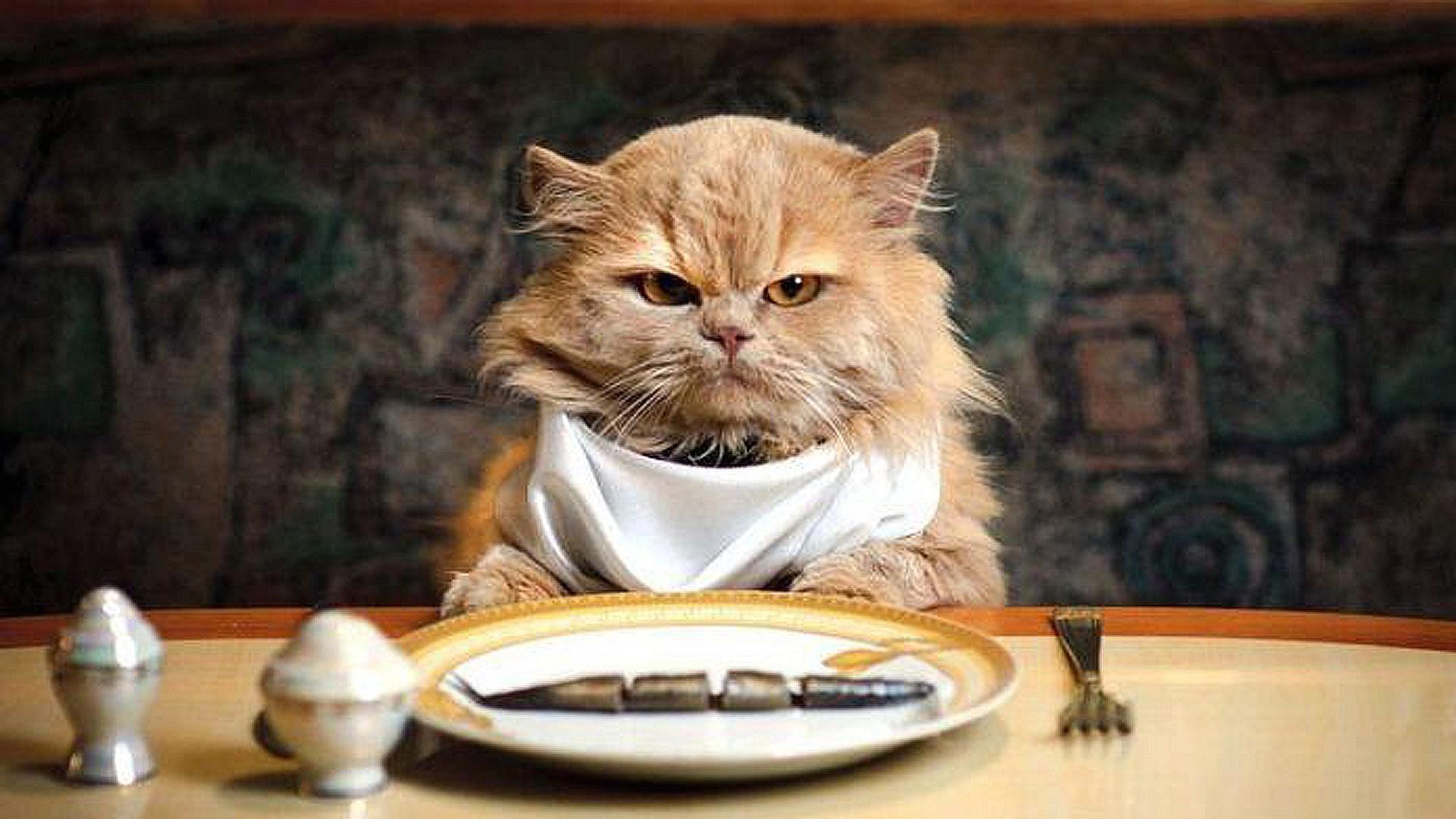 Historically, before the advent of commercial pet foods, cats were sleek, agile, athletic and active felines. In contrast, most of today’s cats are disturbingly overweight, and many are dangerously obese. Risk factors include diabetes, cancer, hepatic lipidosis (fatty liver), arthritis, low energy, and rectal contamination from the inability of the cat to clean itself.
Historically, before the advent of commercial pet foods, cats were sleek, agile, athletic and active felines. In contrast, most of today’s cats are disturbingly overweight, and many are dangerously obese. Risk factors include diabetes, cancer, hepatic lipidosis (fatty liver), arthritis, low energy, and rectal contamination from the inability of the cat to clean itself.
When you place your palm against your cat’s rib cage, you should be able to feel ribs readily. If you cannot feel ribs even when you rub your fingers back and forth along the rib cage, your cat is likely over the weight limit.
There could be many reasons for your cat’s weight gain, but there are also many solutions to get your feline back in shape.
The first thing that you should do before trying to get your pet to exercise is to take them to the vet. If they are overly skinny or overweight they may have health issues, ranging from a simple cold to a thyroid condition. Your vet can fully assess your cat, as well as recommend the level of exercise they need based on their current weight, age, breed and general disposition.
After your cat is assessed it’s time for the exercise to begin. A good way to get your pet actively moving is to play with them regularly. Find your cat a good toy that they enjoy, and make them chase it. You can use a simple piece of string, a small ball, or even a laser pointer. It’s fun for the whole family, and a lot of good laughs to watch your cat move like a playful kitten again! Like humans, cats require daily exercise, so a good 15-20 minute exercise routine once or twice a day should produce great results. If you don’t have the time, consider hiring a professional in-home pet sitter to provide daily exercise instead.
Cats are very similar to humans and dogs in the way that they need to get fit over time. An unhealthy cat is not immediately going to be ready to have a hard workout, but instead needs to be eased into their exercise routine. Start with a small amount of exercise, and then over time ease them into a longer, more active routine.
Another important aspect of keeping your cat’s weight down is feeding them healthy food. Many cats gain weight from being overfed, or by eating foods that are high in carbohydrates. Look for high protein foods that are low in carbohydrates and contain natural or organic ingredients. Ideal cat foods are grain-free with no fillers, with no rendered meats, no animal or plant meals, and no artificial colors, flavors or preservatives.
Also, be sure not to exceed the recommended daily amount of food your vet prescribes for your pet. Even those little snacks add up, so consider giving them a little love and affection instead. If your cats are normally permitted to go outdoors, you may need to keep them inside more often to reduce their time grazing at the neighbor’s or hunting for birds and rodents.
If you have more than one cat you may need to feed them separately, especially if one of your cats often tries to eat the other cat’s food. Try keeping the cats in separate feeding rooms, which should help greatly in solving your pet’s weight problem.
You may think that your kitty’s weight is not that big of a problem but, if you notice that your cat is getting a bit heavier, it is good to try and get them to lean sooner than later so that your cat can be healthy and live a long fruitful life.
Source: Read Full Article
